As the Ultra Trail du Mont Blanc draws closer, four Näak professional athletes share their nutrition strategies. Arthur Joyeux-Bouillon, Thibaut Garrivier, Mathieu Blanchard and Marianne Hogan reveal what they will be eating before and during the pinnacle of the trail running races.
This episode is full of useful information that you can apply during your Ultra Distance: What to eat for carbohydrate loading, how to train your stomach for race day, how many calories to take in per hour, how to manage your caffeine intake? Our professional athletes answer all these questions.
We also talk about the special UTMB nutrition cell that the Näak Lab has created in collaboration with our athletes, where we co-developed new innovative products to help them perform better.
You can listen to the full interview in French in on Apple Podcast, Spotify or Youtube.
What is your diet the week before the race?
Arthur Joyeux-Bouillon: I'm very fragile when it comes to digestion. I always have the same protocol before the race. The last solid meals before the race: rice, zucchini, egg, sometimes white meat. Sometimes a compote for dessert.
Rice because it provides me with carbohydrates but mostly because it is gluten free, so it is easier to digest. I also keep the rice cooking water for the minerals it brings, which are not present in the pasta water for example!
Thibaut Garrivier: I try to respect my protocol because I have intestinal sensitivities. I need to prepare myself 6/7 days before the races. I do a carbohydrate refill over a few days, especially with Maltodextrin, with a low index, to have a liquid and important carbohydrate intake throughout the day. This allows you to eat a lot of carbs without eating solid food in large quantities.
The last few days I eat white rice, white meat, and cooked vegetables like carrots. I have an apple or a coffee at the end of the meal. The day before the race, I eat a normal diet, but light and digestible: no raw vegetables and some animal proteins like white ham. I eat a lot of real non processed foods.
I pay much attention to nutrition but I am never into weighting. I always eat my fill but I never snack between meals. I don't break up my meals into 4 or 5 portions. I only have 3 meals a day.

Mathieu Blanchard: The week before the race, I try not to change my habits too much. It's a complex week for an athlete who trains a lot. The nutritional needs are quite different between the big training weeks (where you spend hours and hours a day!) and the week before the race where you are more at rest. Everything is turned upside down, it's a bit strange.
It is paradoxical because for me it is at this time that I am the most hungry. I have less need for energy and yet I have a bigger appetite. It's a game for me, I try to control myself, not to overeat. It has two issues otherwise: inflame the digestive system and gain weight a few days before the race. I try to be careful with the quantities I take.
This year I am lucky enough to be in the Salomon group with Marianne Hogan. We will have a team of cooks in a cottage who will cook for us. It's very healthy what they offer us. I will try not to change my habits too much.
The day before the race, it's obvious that for the UTMB we're going to leave for 20-25 hours around Mont Blanc, so I know that I'll have a lot of carbohydrates on my plate. 2 or 3 days before the race I'll fill up, without abusing the quantities I eat.
Marianne Hogan: The week before the race, I increase my carbohydrate intake. I like to do this by feel, and not overdo it. I don't want to have a “pasta party”. I want to make sure I eat my hunger without going overboard. The carbohydrate intake is there, but you can't forget about the other aspects, like protein.
I'm a big fan of pizza, I don't eat it often, but it's my pre-race meal. This time I don't think I'll eat it on Friday lunchtime, as the race starts at 6pm in the evening, but I might enjoy it on Thursday evening!

What do you eat on race day before the start?
Arthur Joyeux-Bouillon: For breakfast, if I listen to myself I would "break the buffet" as they say. Before, I used to get up 4 hours before the start of the race to eat a real breakfast: oatmeal, egg, coffee... I have changed my protocol since 1 year. Nowadays I hardly eat before the start of the race. I have my coffee, a Näak Caffeine Bar and a small bowl of Ultra Recovery because I love the taste and it provides me with BCAAs and electrolytes. All this is very light.
The start of the UTMB is at 6pm so I have my last solid meal at 12pm so that my stomach is on its normal cycle. One or two hours before the start I'll have a coffee with a Näak waffle or a Näak Bar if I'm feeling a little peckish, and that's it. I prefer to start with a little feeling of hunger. I set the watch to set me on a cycle, telling myself that I'm going to eat every hour during the race.
Thibaut Garrivier: For several years now, for breakfast, I have been making pancakes with wholemeal or semi-wholemeal spelt flour, or I eat a homemade breakfast mix with steamed flour. The pre-cooked flours are extremely digestible so I can take them 45 minutes before the start. I also take a little bit of wholemeal sugar and almond powder for the fat content. All this in moderate quantities. I also take my coffee. As a radiologist, I'm used to drinking a lot of it!
Mathieu Blanchard: On the day of the race, I try not to consume anything more than 3 hours before the race. So on Friday I will only have 2 meals. I'm going to have a brunch/lunch so I don't eat at noon, then I'll eat a second meal at 3pm. The idea is to arrive with a light stomach at the start. I would like to be able to start strong enough at the beginning of the UTMB.I prefer everything whole grain. Whole grain pasta, whole grain rice, sweet potatoes... Nothing very magical or special. On the other hand, I don't eat any food like candy or energy drinks. I stick to classic foods.
Marianne Hogan: It all depends on how well I can sleep. At least 3 hours before the race, I like not to eat anything. That way I start the race on an empty stomach and it's much easier to start eating during the race. I have the most success with my runs when I'm hungry. I'll eat a big breakfast, a big lunch and I'll start my run at 6pm feeling hungry.

What is your nutrition strategy during the race?
Arthur Joyeux-Bouillon: My strategy in broad strokes is pretty simple: it's mainly based on the Drink Mix powder. It's the first one I've been able to digest in years. For me it's great because it gives me my 250 calories per hour. On the Ultra, I have a flask of Drink Mix and a flask of water.
In addition, every hour I eat whatever I feel like eating because I want to function with pleasure. I take either waffles or caffeine bars. Every three hours I take a shaker of Ultra Recovery powder, normally to be used after the effort, but which makes me feel good during the race thanks to its protein content.
Through the Näak Lab, I test new products that will be released in the near future. For me, these products really complete the Näak product range. I am currently testing a gel that helps me when my stomach, after several hours, can no longer digest solids. I've been testing it for a while and I digest it very well, plus it's not too sweet and I think it's great.
Thibaut Garrivier: It took me a few years to perfect my nutrition. It took me a while to find the right brand. Today, for me success lies in the diversity of the products. You need to have protein and BCAAs, it’s a priority. The carbohydrate comes in 3rd position. And even more than carbohydrates, I like to talk about the weight/carbohydrate ratio. Your running vest during the race can be heavy, so you need to find quality nutrition that is also light. Näak masters this with its products.
Another strength of Näak is its cricket and plant proteins. The proteins are better assimilated and, beyond that, I can switch between animal and plant proteins, I can alternate the tastes. When I eat, I change the taste to have an 8-hour turnover!
Näak also provides the best hydration for ultra distance thanks to the Näak Drink Mix. There are 250 calories in a flask, the equivalent of 2 bars of any brand. In addition, it provides a sustainable energy without sugar peaks. The products you make are of superior quality. I feel like I have everything at my fingertips.
This is the first time I've gone this far, so it's hard to talk about certainty. Moreover, the distribution and use of products depends on whether it's day or night, whether you're at the beginning or end of the race, the pace of the race and your physiognomy. The ideal is still to have 70g of carbohydrates per hour. My Näak Drink Mix is already 40g! So I just have to complete it with a Näak waffle, which is very tasty and easy to digest.
There are also the Näak Bars with super qualitative nutrition values. I am talking about the innovative cricket bars in which I believe a lot. In parallel there are also all the protein and BCAAs. However, I think that the reflection must be done before the race. And that's what took me the most time: finding a nutrition partner who is complete, who corresponds to me. Today I have found Näak and I don't wonder what I have in my bag, I know I have everything.
Mathieu Blanchard: It's dangerous, I'm going to advertise you guys! In terms of calories ingested, we're talking about 80-90% Näak. I take in between 200 and 300 calories per hour. Depending on where the aid stations are, I'll take in more or less calories. I don't want to exceed 70g of carbohydrates per hour. The idea is to spread out, to have several choices, several tastes to avoid flavor fatigue and not to feel like vomiting from disgust.
I always carry at least one flask of Näak Drink Mix and a sample of one dose with me, which allows me to last 2 hours. I eat a lot of bars in training but not in races. On the other hand I take Näak waffles during the race because I can ingest them well.
I supplement all this with Näak Lab products, including the apple and oat-based puree, which goes down perfectly, even though we're at 250 calories! On long runs I also take gels but I am careful not to challenge my digestive system too much, I take them in small quantities as a boost. For example, when I am at the bottom of a slope, I take a gel to have extra energy. It is a reserve that I have and that I inject at the right moment.
In addition, with the Näak Lab, we worked with gel flasks, and that's what allows me to split the shots. I also add my homemade sweet potato puree. It's fresh, I like the taste, my girlfriend Alix Noblat makes it and it's a bit of a connection between us. I take it for re-fueling.
With the Ultra Recovery powder, we have a consistent level of BCAAs. I use the homemade purees because I want an even higher ratio of BCAAs. It's a supplementation, and I take it 5 times during the race, at the feed stations.
The UTMB is a complicated race, it's a headache. You have to organize yourself well beforehand, you have to visualize it. You have to plan everything: when to take out the sticks, when to put them back in, when to eat, when not to eat...? I did the Mont-Blanc tour 3 times, as a scout. It's a race that you look at in the long term.
Some people decide to come and live in France to win it, like Jim Walmsley! It reflects the idea of this race which seems simple, but which is very complex on the management of the intensity, nutrition, and mental. In this race, you have to use not only your body but also your head. This year the race will even be broadcast on television for the first time! You also have to manage the pressure. You have to try to keep some self-control.
Marianne Hogan: I find it important to start eating quickly after the start of the race. The Drink Mix helps me to ingest calories quickly after 1 hour of running, when I don't feel like eating solids. I like to ingest as many liquid calories as possible. So I often have a bottle of Drink Mix and a bottle of Coke or Ginger Ale. The bubbles help me digest and these 2 bottles make me take in calories.
With the Näak Lab, I was able to test a Drink Mix with Coke flavor. It has become my favorite one. I will take it throughout the race. The Näak Lab purees too, I realize how well I can digest them. I also like to take your waffles. Why not also sometimes take a sandwich at the refreshment station around 8-10am. I'm not sure what protein I'm going to put in yet but I'll make sure to have my sandwich at that time. These solid foods help me through the high points of the race.
What I find important in a long race is to have variety. I take what I have in training and I know that I can vary according to my desires. Here for example, I took a wide range of different products. I've practiced my body and I'll know what I'm craving at the time.
How do you manage caffeine during the race?
Thibaut Garrivier: I use the caffeine bars which have the equivalent of one espresso per bar. I take them every 3 hours, with a preference for the Caramel Macchiato flavor.
Mathieu Blanchard: This is a special year for me. Usually, I stop caffeine 10 days before the race and then I started again during the race to have the boost effect. Now, it's been 3 months since I stopped drinking coffee daily. I would resume caffeine during the race at specific times. Not necessarily at night, but rather at the beginning of the day, to continue the race in strength, to hang on, to respect the circadian cycle. Moreover we will be at the level of the Grand Col Ferret around 4-5am, there will be about 70 km left.
I stopped drinking coffee because I felt disconnected from my real energy sensations. My resting heart rate was higher when I was drinking coffee, which made my body work. Also, when I came back from my morning runs, I could still smell the coffee, which made me think I could continue the effort, when I should have been taking naps to recover.
Taking coffee regularly impacted my relationship with fatigue. Finally, coffee also had an effect on my digestive system. In the morning I could have liquid stools. Coffee had an irritating effect on my digestive system.
How do you hydrate before an Ultra?
Arthur Joyeux-Bouillon: Naturally I don't drink enough. That's a concern. So I set myself reminders to drink, and the 3 days before the race I take my 1.5L bottle with me. I put electrolytes in it, but not too much so as not to overdose. I put a little bit of Drink Mix which adds a fresh taste. It keeps me well hydrated, because we all know that we end up dehydrated. I think we talk a little too much about carbohydrate loading, but not enough about hydration. Everything related to mineral salts is very important.
Thibaut Garrivier: I tend not to drink enough, especially when I'm at work. It's something that I don't really calculate, even though I know that you have to hydrate properly. What you need to watch is the color of your urine. It's basic but it works.
Mathieu Blanchard: As far as electrolytes and my hydration are concerned, I keep my daily balance. Every day I eat foods that contain electrolytes and I have a drink that contains electrolytes.

What nutrition tip would you like to share with our community?
Arthur Joyeux-Bouillon: My number one tip is to treat yourself. For sure a nutrition plan is good, you follow it and you get the right intakes. On the other hand, I don't think you should force yourself to follow a plan. We digest because we want to eat a certain food. So if at some point you want a waffle instead of a bar or if you want to stop eating gels, do it.
The main thing is to be prepared beforehand, to think about it in the food bag. For example, all year round I never drink Coke, and there was one Ultra where my body was just asking for it. I finished my entire Ultra drinking it because I felt the need, I wanted it. Before, I would have forbidden myself to drink it because I would have thought that it would bring me too many fast sugars, but in the end today I listen to myself above all.
Thibaut Garrivier: During the race, I keep it simple. I have 2 flasks. I take 1 Näak flask with which I alternate flavors (right now I have the Cola that comes out of the Näak Lab and is quite exceptional!) and a flask of water.
For solid nutrition, I will alternate a third or half a bar with alternating flavors, and one waffle per hour. For refreshments, I take Ultra Recovery, a recovery drink, because it contains a lot of protein and BCAAs.
Mathieu Blanchard: You have to test your nutrition during training. Train your gut to take in a lot of calories during training. Don’t experiment during the race or you will risk having guts problem and it might compromise your race. Train and prepare your gut long before the race.
Marianne Hogan: It's very important to come with a detailed plan, but you have to have several plans and know how to listen to your feelings. Basically, what's important is just the consistency of what you ingest. Don't panic if you don't follow your plan to the letter. Flexibility, in addition to variety, is key.

Bonus: How to manage the heat during an ultra?
Marianne Hogan: There is nothing more comforting than drinking a very cold liquid when it is very hot. For the Western States, I had a body cooling strategy, and I will reuse this technique at the UTMB. I take a cold bandana, with ice cubes, which I wear around my neck. What's cool is that I can easily put it on or take it off, and therefore adapt according to my needs. At the level of the sleeves I also bring in ice cubes. What is good is that at the level of the sleeves, I can choose as much to cool down as to warm up.
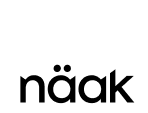

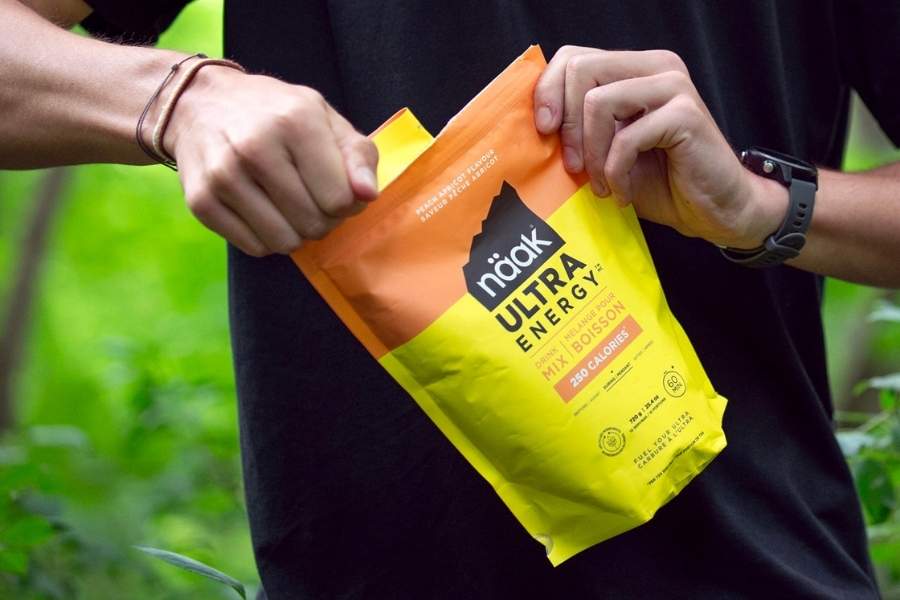
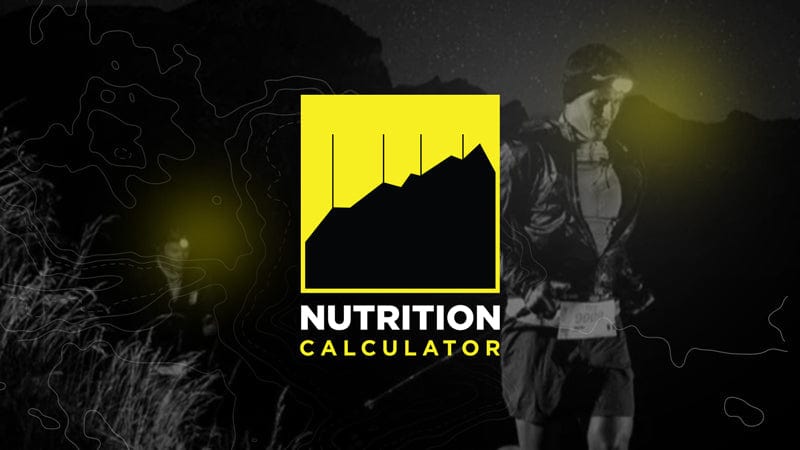
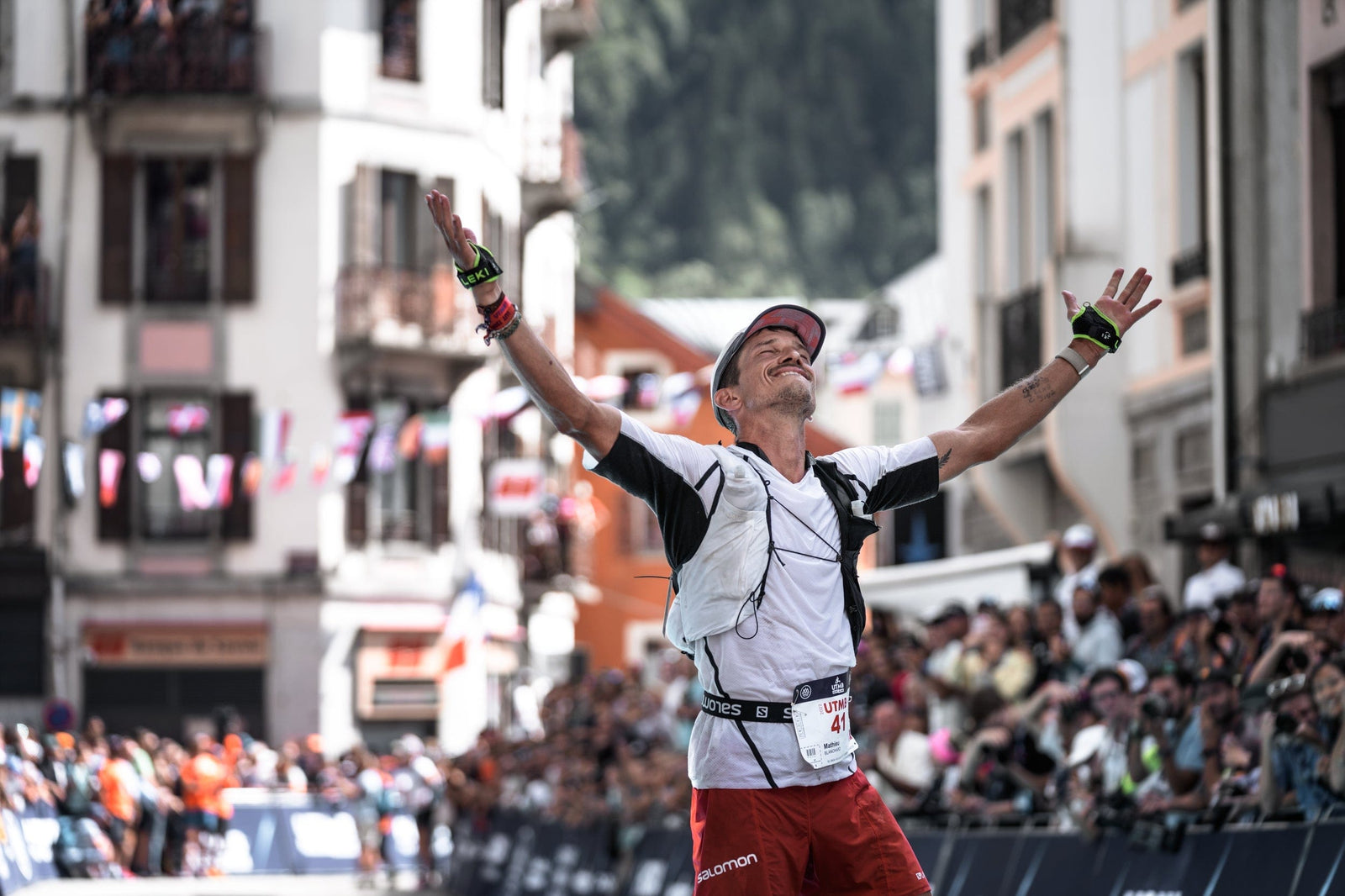



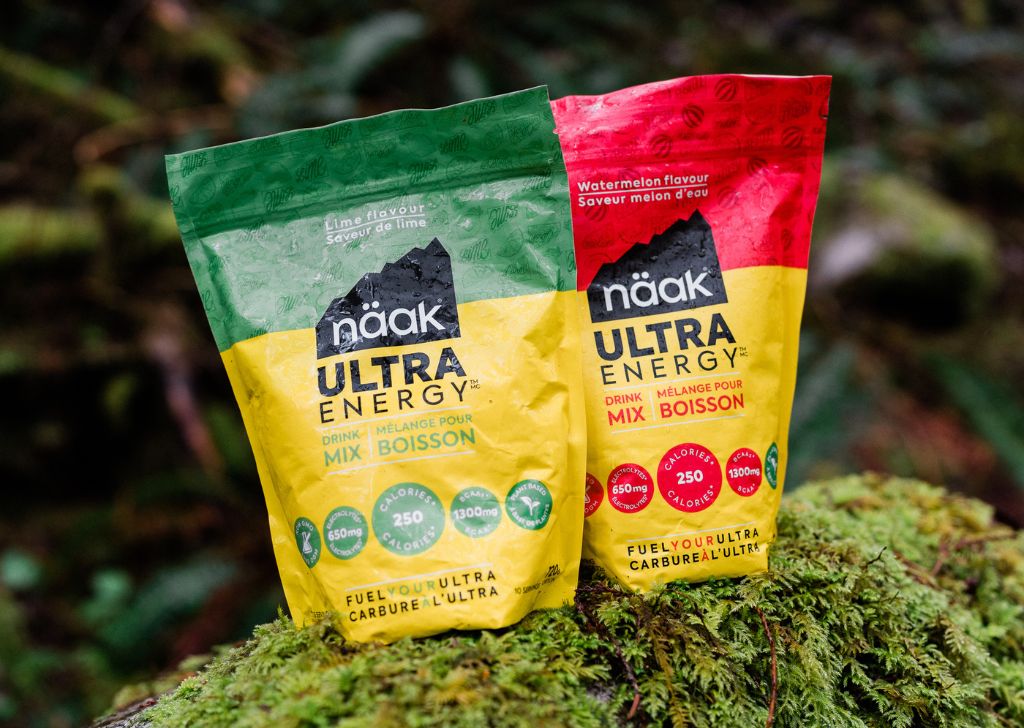

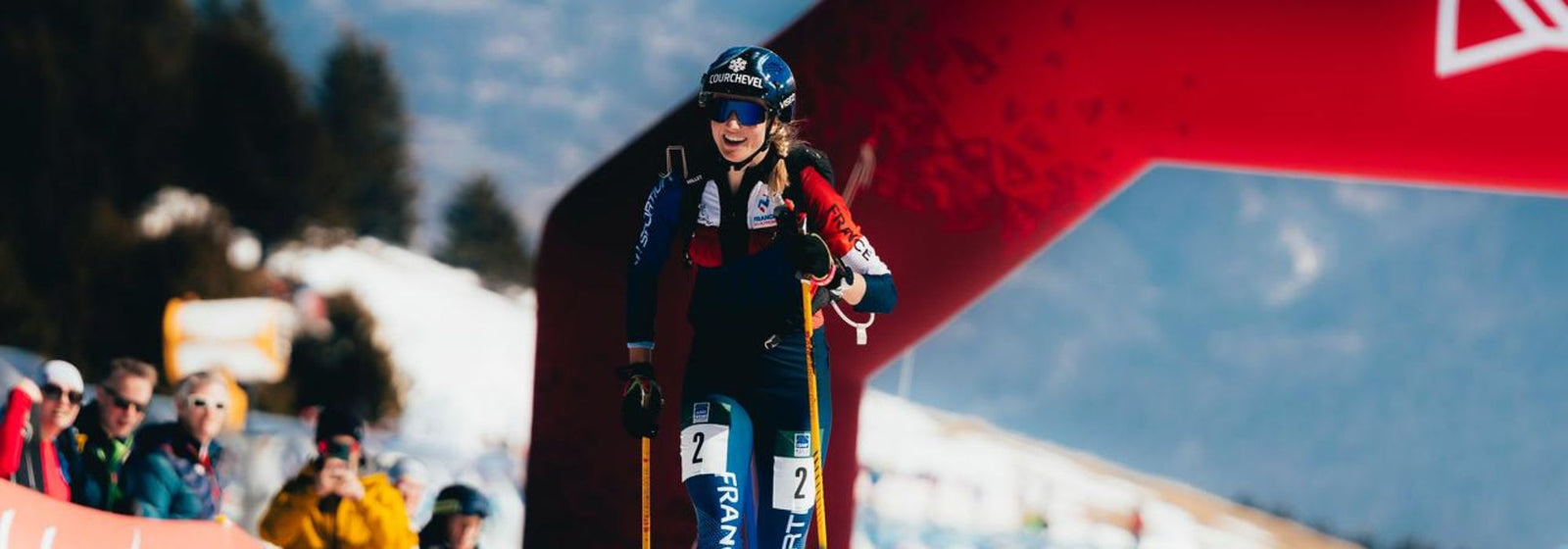


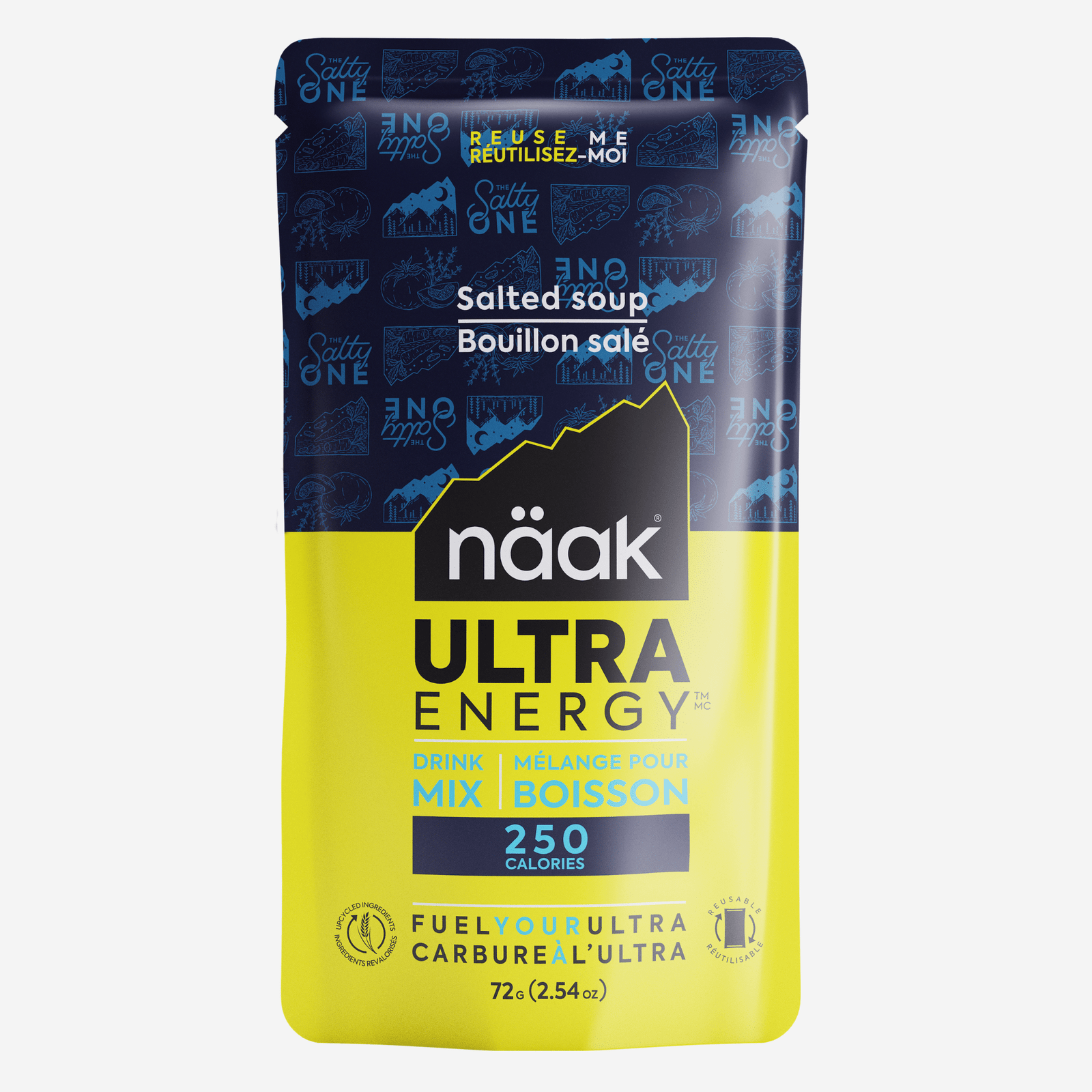
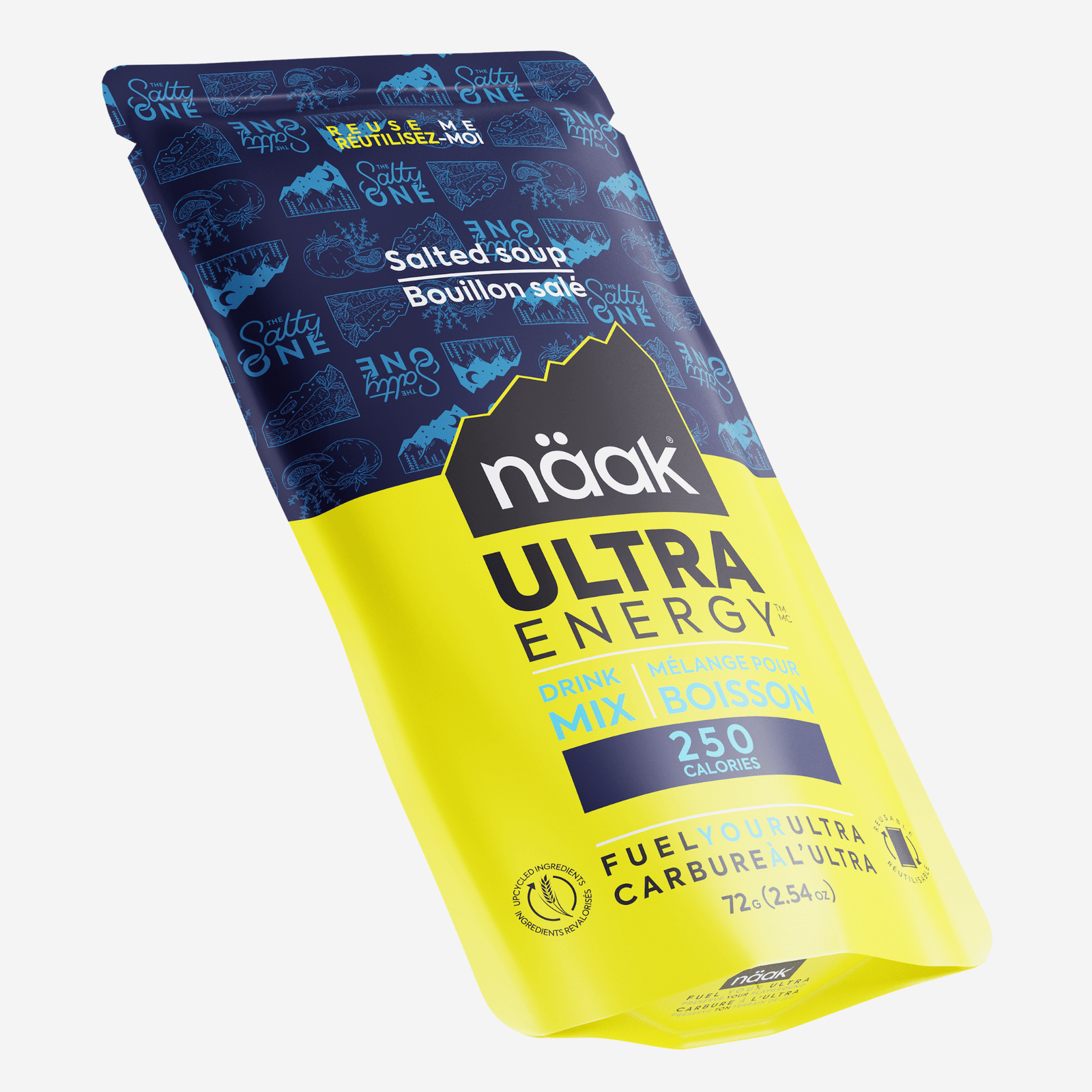

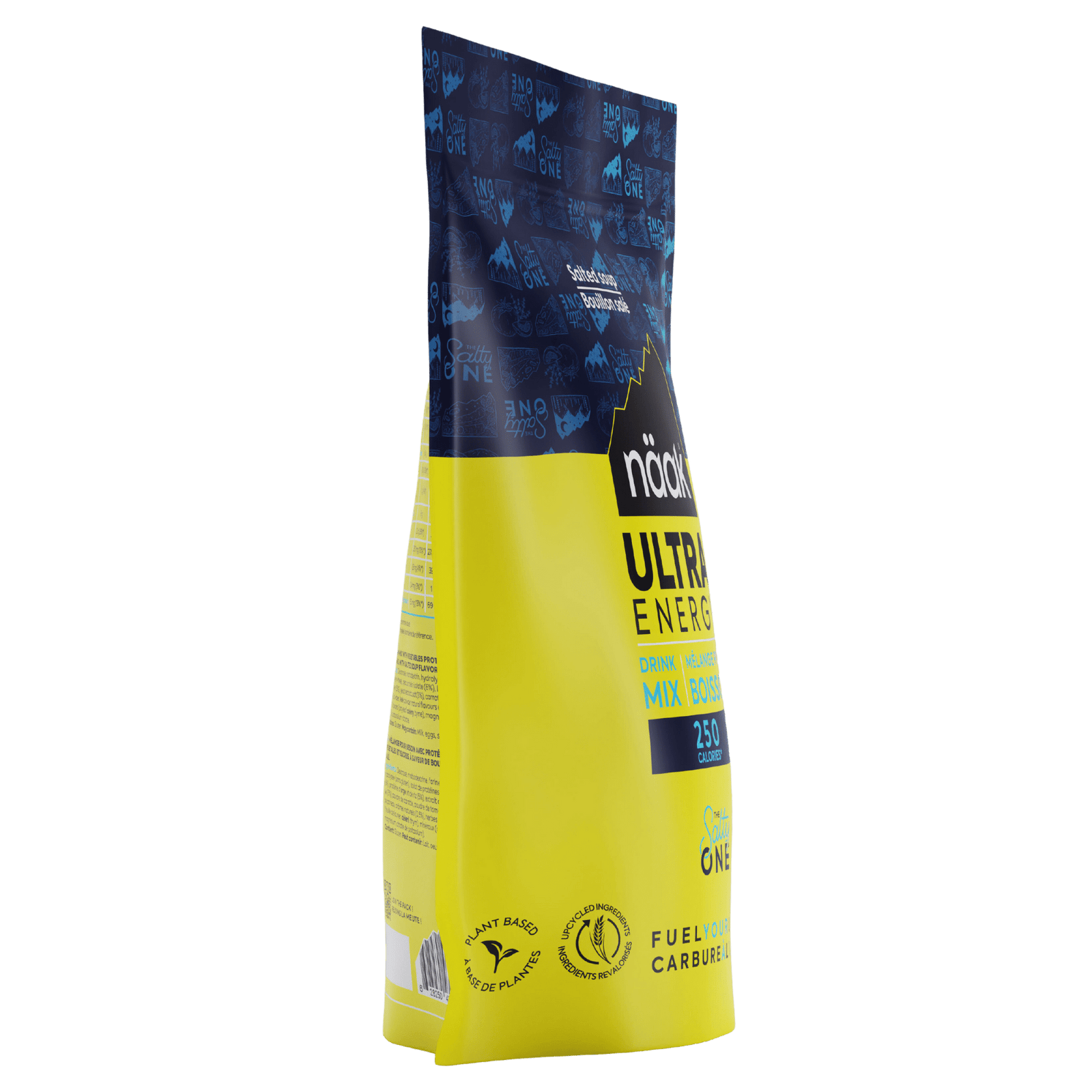
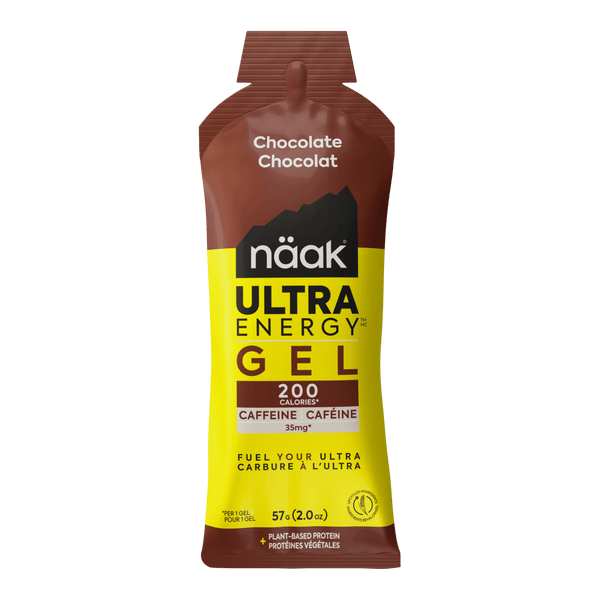
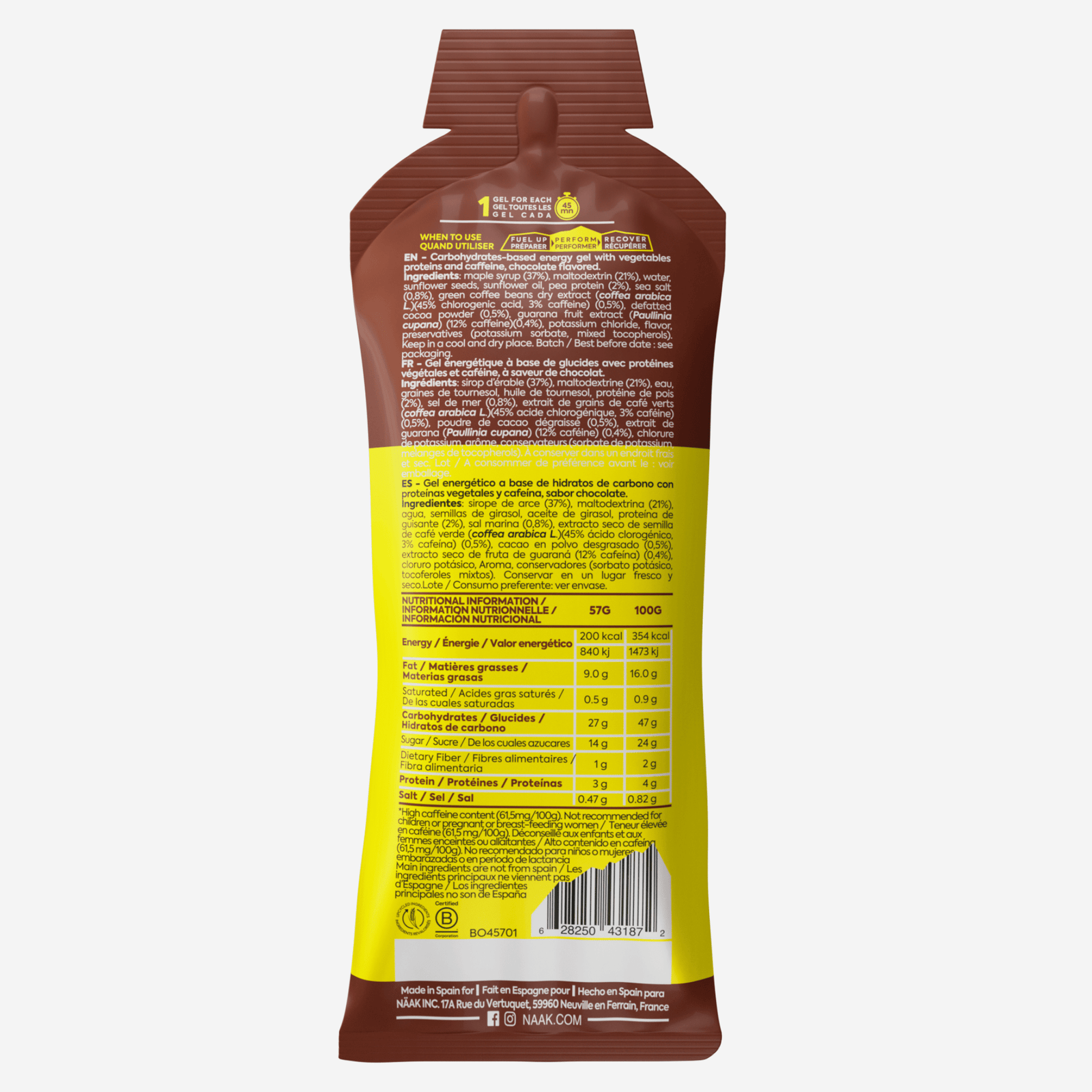


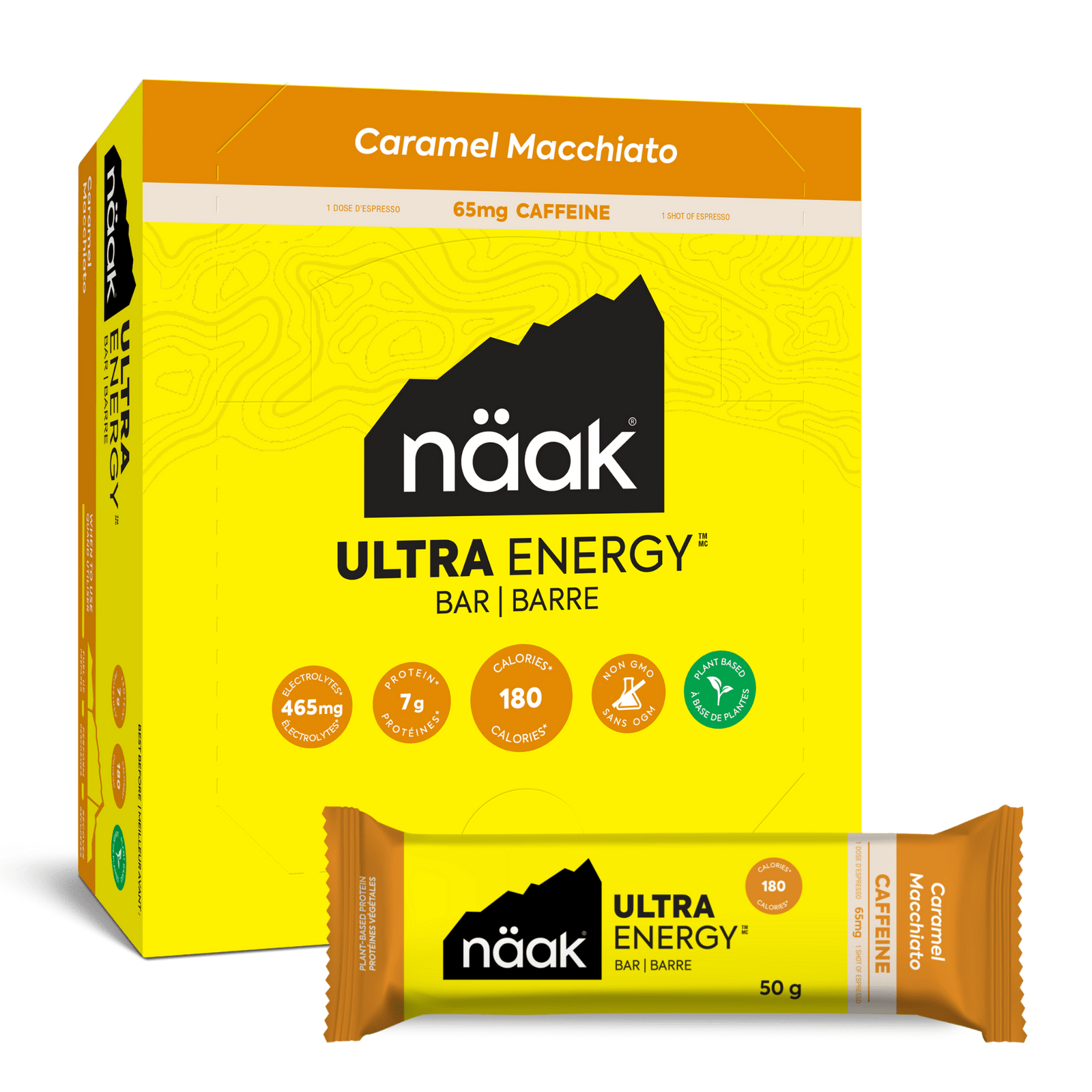



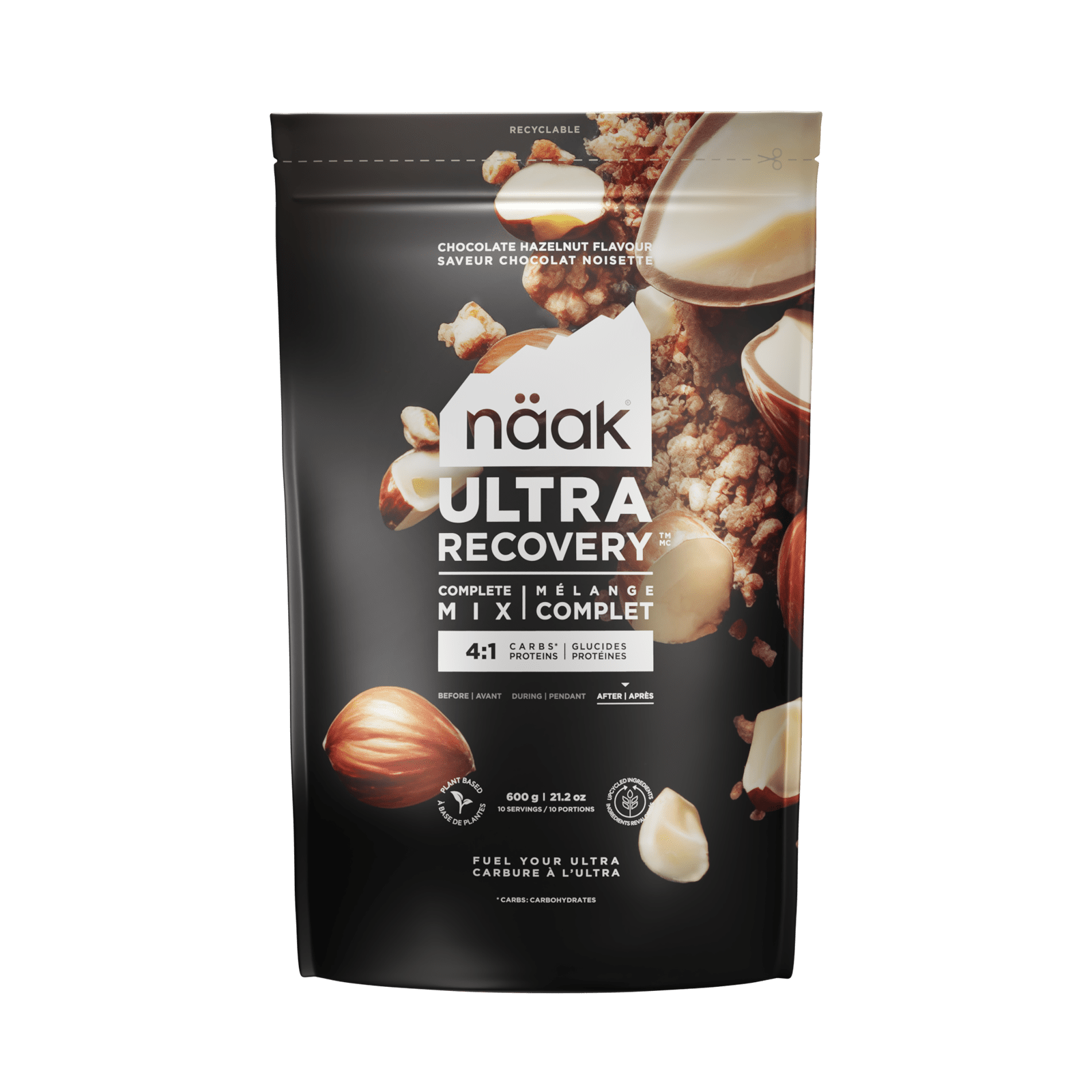

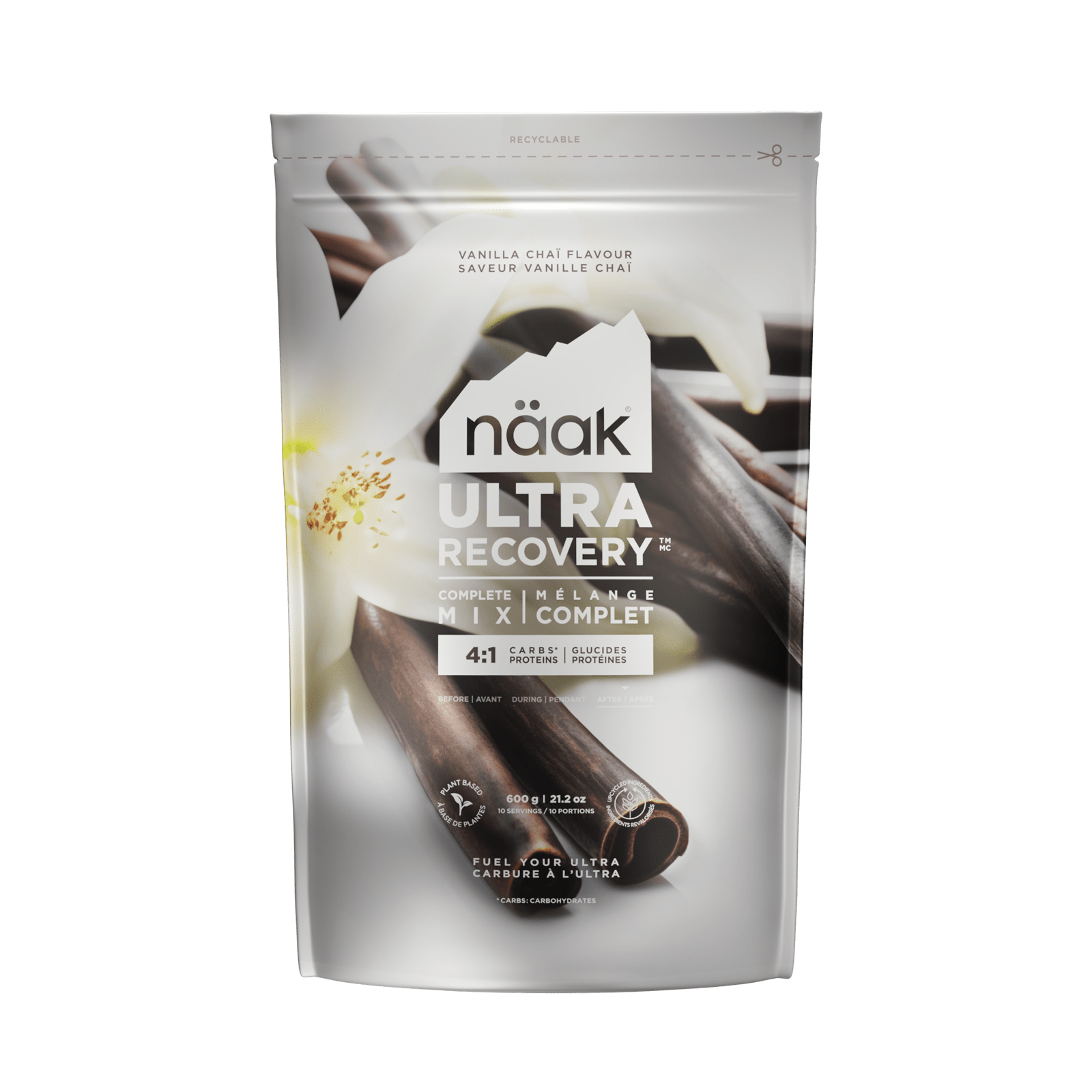
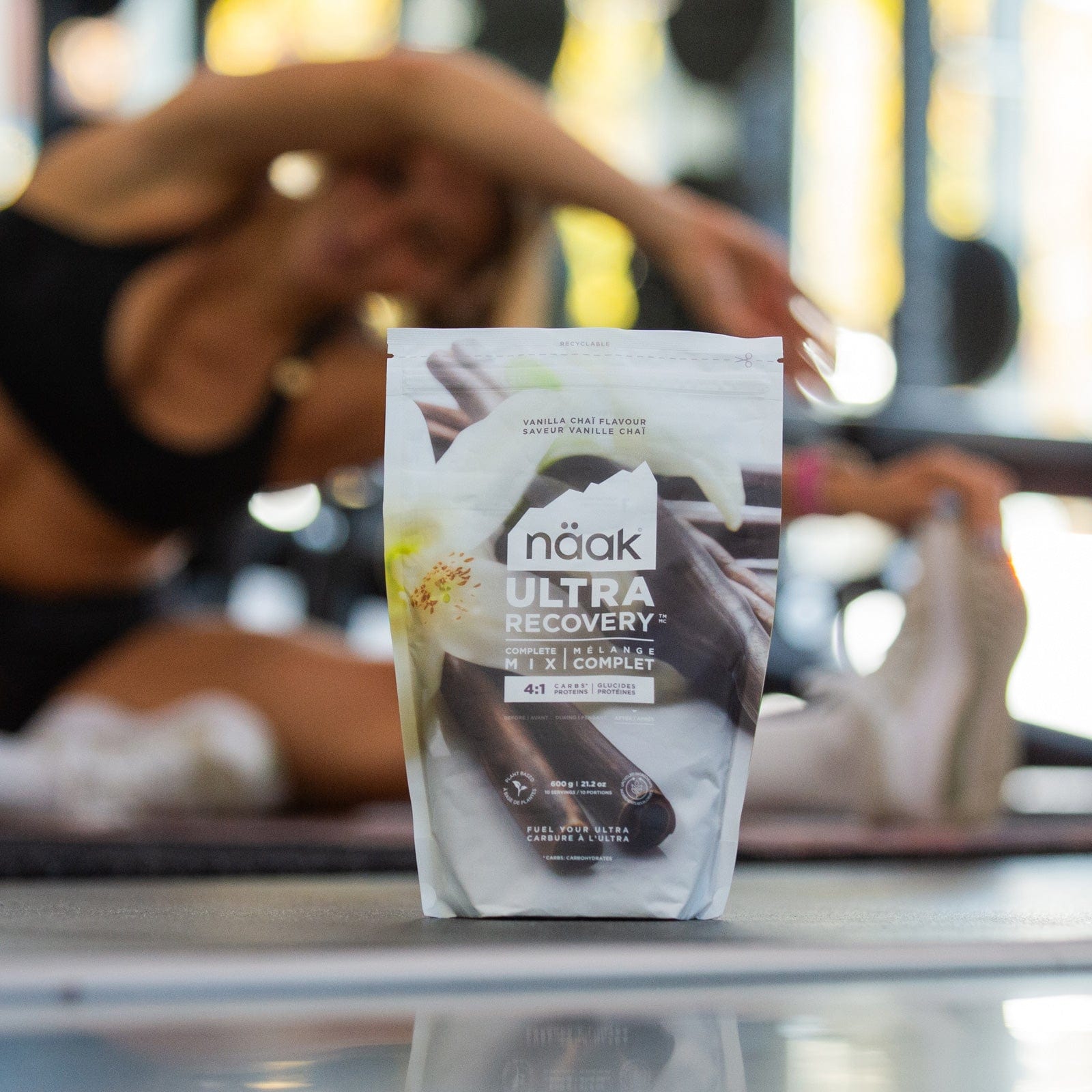
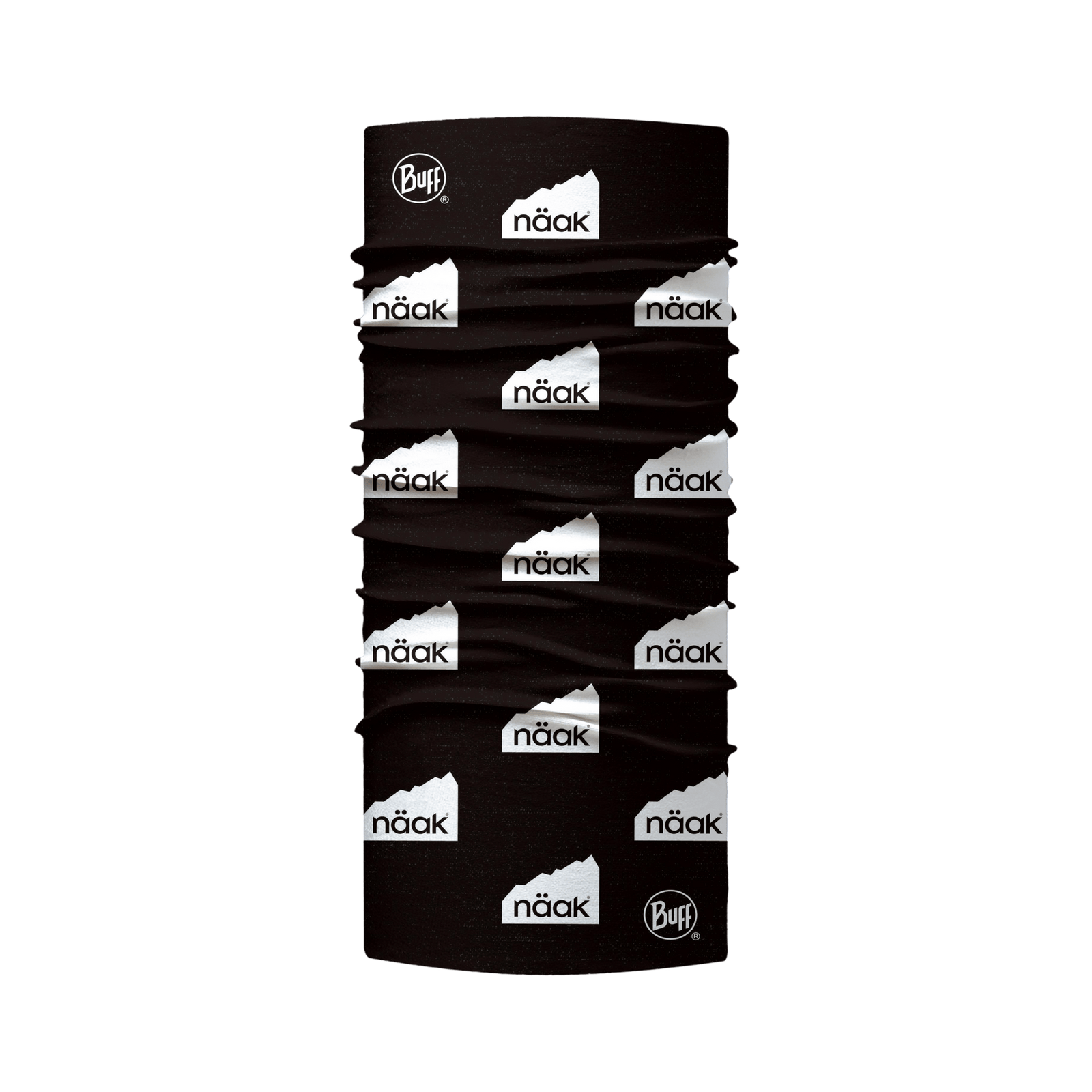
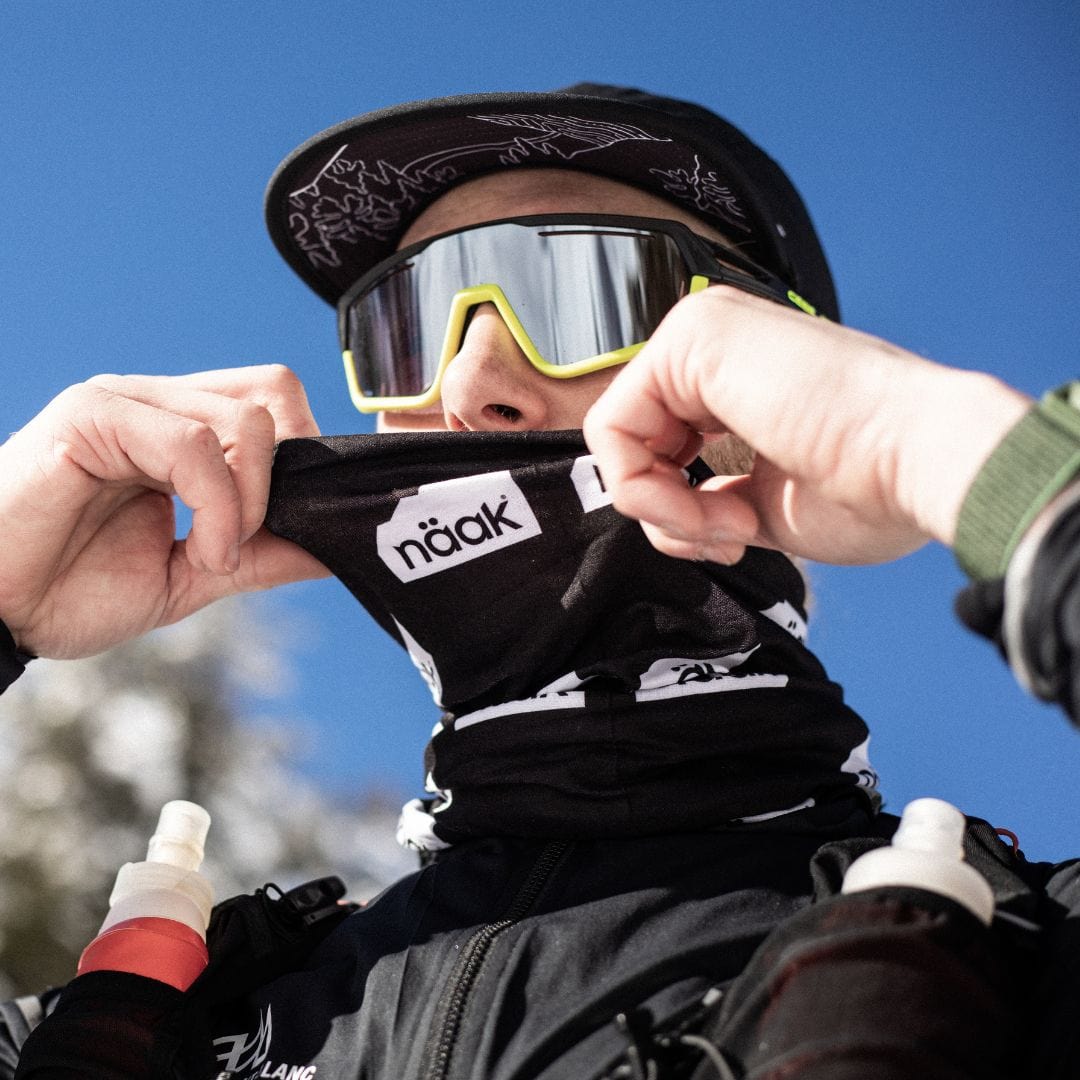
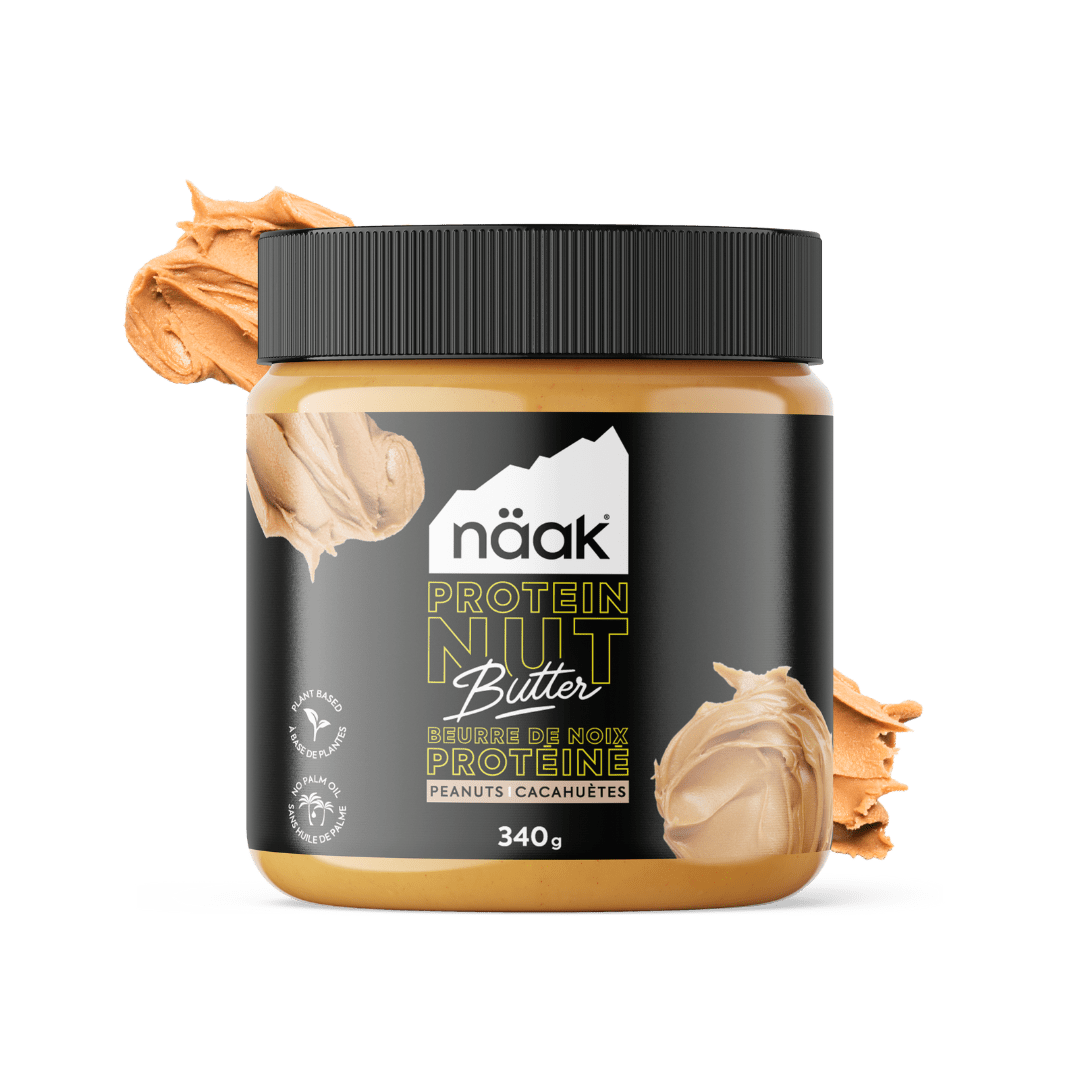
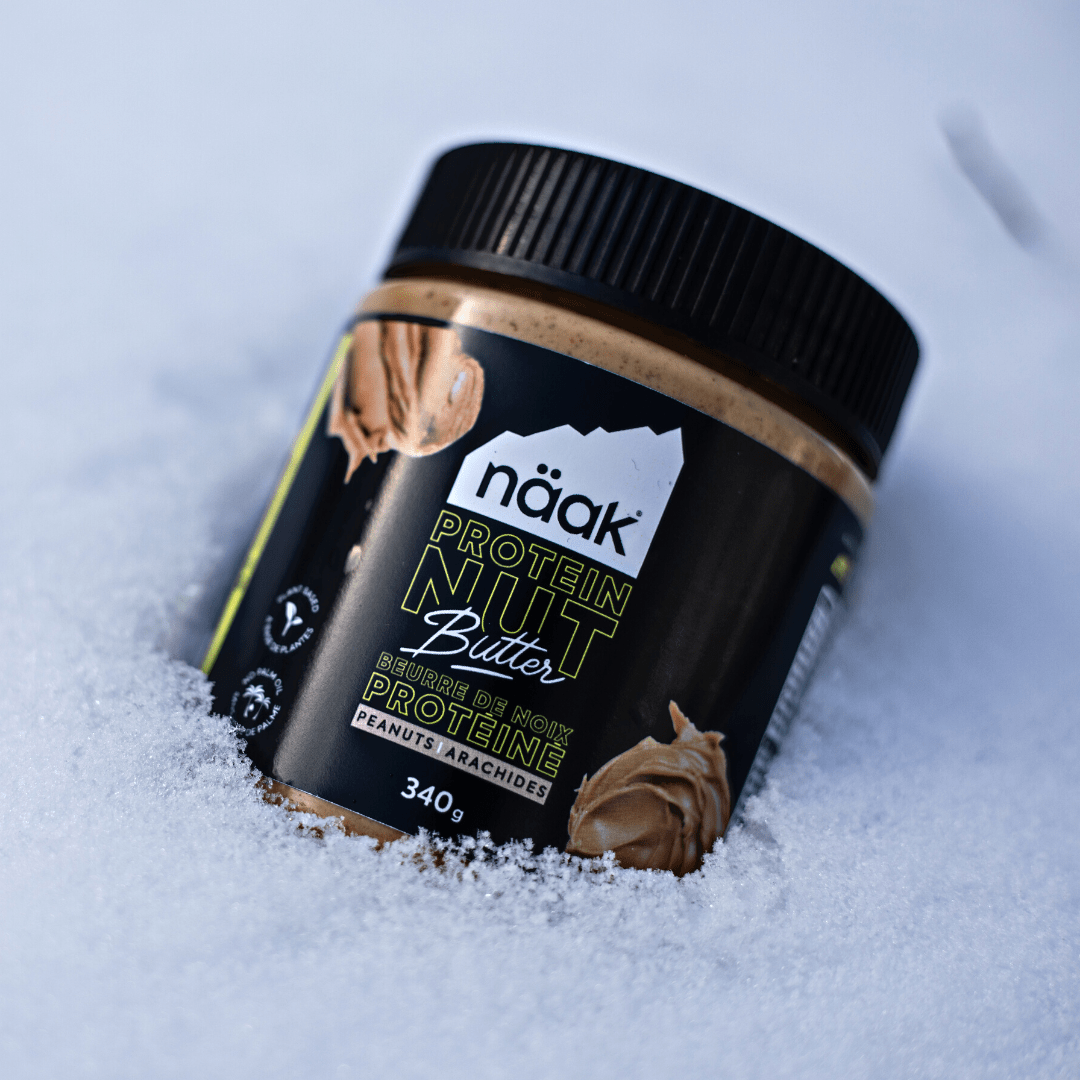
Laisser un commentaire